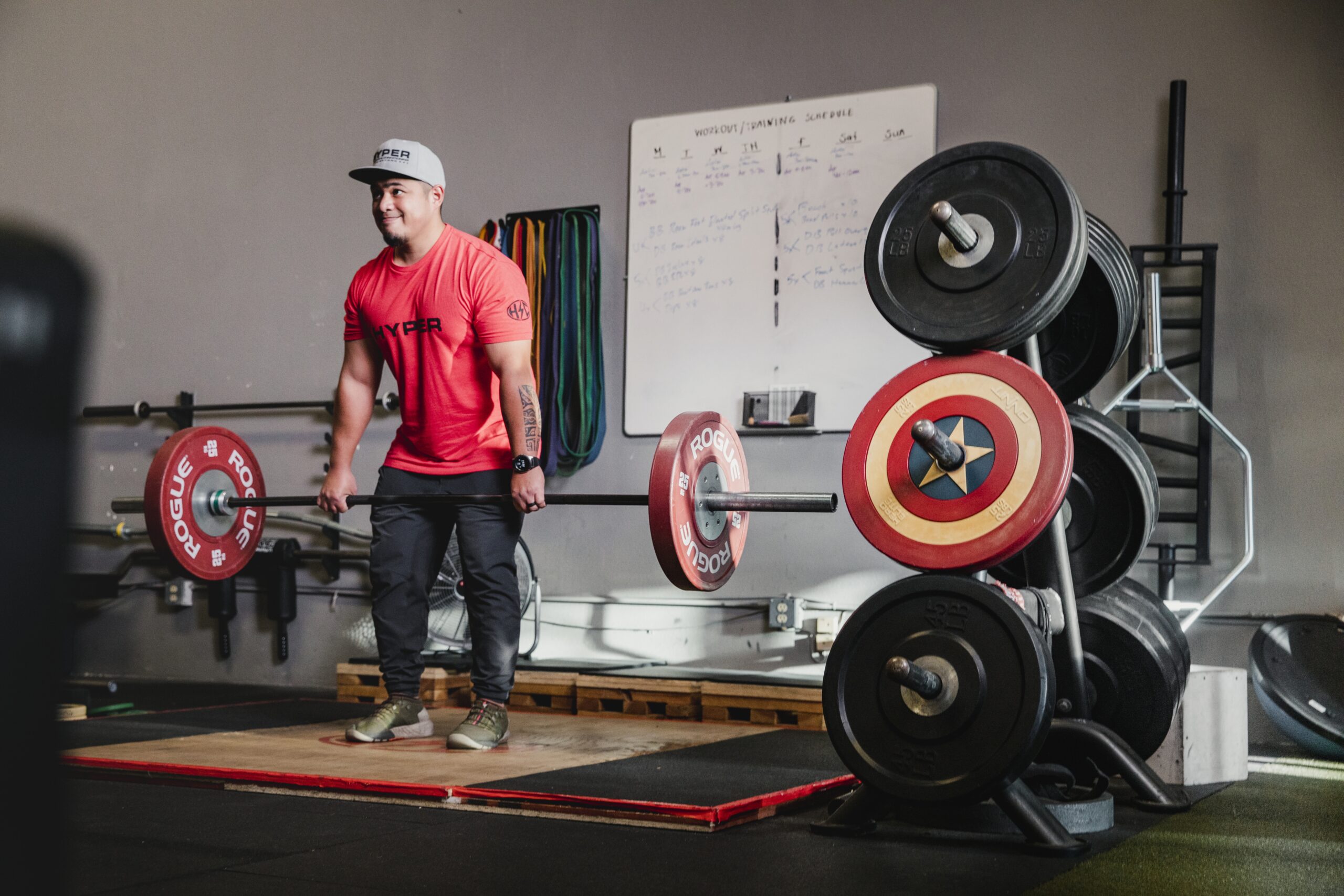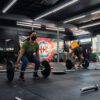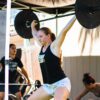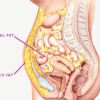Ah, a tale as old as time: spot-reducing body fat.
Like most people, you’ve probably asked yourself whether that’s possible and how to go about it.
Today, we are breaking it down.
Is This Familiar?
Like most people, you probably have an area of your body you’re unsatisfied with. For women, that’s typically the buttocks, thighs, and lower back. For men, it’s usually the belly, lower back, and, in some cases, the chest (1, 2).
So, you’ve probably thought, “If I could just get rid of this fat right here, I would be so much happier with how my body looks.”
Naturally, this has led you to seek ways to remove said fat. Thus, you’ve come across educational materials from people teaching you how to target specific areas of your body and get them lean.
“Tone your abs with this workout.”
“Get rid of love handles with these five moves.”
“Get rid of chest fat and firm out those pecs with our special push-up variation.”
But is there any merit to such ideas? Can we genuinely target our body fat through exercise, similar to how we can isolate certain muscles?
Where Do We Stand on Spot-Reducing Body Fat In 2024?
The short answer: it still doesn’t work.
Long answer? Let’s break it down:
1. Your Body is Entirely Capable of Burning Fat From Any Part of Your Body
Contrary to what some may have you believe, your body can burn fat from any part of your body to get the energy it needs.
The fats we store are primarily triglycerides and are found in fat cells called adipocytes. These cells make up the adipose (fat) tissue we want to get rid of (3).
Fatty tissue is found in many parts of the body, but the largest percentage is subcutaneous (under the skin) and visceral (around our major organs) (4).
When your body is short on energy (say, while dieting, fasting, or doing intense exercise), it breaks down fat, turning triglycerides into a rich energy source.
If you establish a calorie deficit (eating fewer calories than you burn), fat burning exceeds fat gains, causing you to gradually get leaner over time (5). However, here’s the issue:
2. Your Body Chooses Where to Burn Fat From
Prevailing wisdom suggests that activating the muscle that lies underneath subcutaneous body fat would cause the fat in the region to get broken down for energy. Unfortunately for all of us, it doesn’t work that way.
While you can target a specific muscle with a given exercise and cause it to grow, you can’t use the same approach to lean down or ‘tone’ your buttocks, thighs, arms, belly, or another area of your body.
What ‘toning’ actually means is losing fat from all over your body and building muscle. This results in a leaner appearance and improved muscle shape, leading to the athletic appearance most people desire.
A recent meta-analysis that examined 13 studies with over 1,100 participants (men and women) found that targeting specific muscles had no impact on fat loss in those areas (6).
In other words, you can’t do crunches for ripped abs or tricep extensions to remove arm flab.
These and other exercises would only target specific muscles. However, to ‘lean up’ these areas, you would have to reduce your body fat percentage.
3. Supplements Can’t Change That
At this point, a common argument in favor of spot-reducing body fat is, “Okay, but I’ve heard that some supplements can help me target body fat more effectively.” The idea is further magnified by manufacturers who claim that their products are backed by human research.
In reality, human research doesn’t support over-the-counter compounds as beneficial for spot reduction (or weight loss in general).
In fact, extensive research suggests that dietary supplements, including products with herbal extracts that are often touted as having fat-burning properties, don’t offer statistically significant weight loss effects (7, 8).
Here is what Bessell et al. concluded in their paper (8):
“While some dietary supplements containing isolated organic compounds warrant further investigation to determine efficacy and safety, there is currently insufficient evidence to recommend any of these dietary supplements for weight loss.”
Fat Loss in 2024: So, What’s The Alternative?
We’ve all wanted to shed fat from a specific area of our bodies. But since we can’t target one area, the next best thing you can do to get the physique you want is to dedicate yourself to a fat loss plan.
Here are the most important things to consider:
1. Create a Calorie Deficit
As mentioned above, you must be in a calorie deficit to force your body to shed fat (5). This would be a requirement even if you don’t want to target your love handles, stomach, or thighs but just want to lose body weight.
A deficit of 400-500 is ideal, as it puts you in the recommended weight loss rate of 0.5 to 1% weekly (9).
So, if you burn 3,000 calories daily, start your fat loss phase on 2,500-2,600.
You can use a TDEE calculator to estimate your daily expenditure and track your food intake with an app like MacroFactor or MyFitnessPal.
2. Do Some Resistance Exercise
Resistance training (e.g., weight lifting) is fantastic for weight loss because it provides a muscle stimulus. This allows you to lose primarily fat and retain lean tissue (10). As a result, you can more easily achieve a lean and athletic physique.
On that note, check out our website if you’re looking for personal training services in the San Jose area to optimize your workouts.
3. Eat Enough Protein
Protein provides the building blocks your body needs to repair muscle, maintain protein turnover (replacing old and worn-out proteins with new ones), and hold onto muscle while shedding fat (11).
According to research, the ideal intake is 0.8 to 1 gram per pound of body weight (12).
Eating slightly more may be advantageous as protein is satiating, which keeps you full between meals, and a higher amount may allow you to retain more muscle. However, that’s mostly speculative and hasn’t been shown to be true in studies.

































